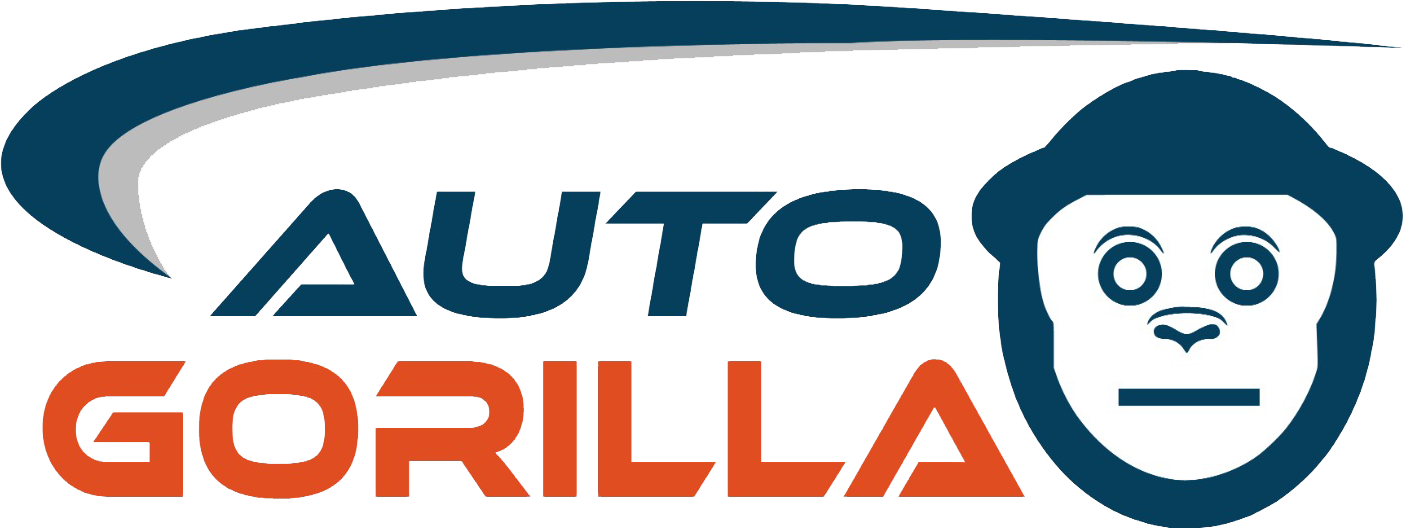Company Description
:With continuous innovation and cutting-edge technologies, we are engaged in manufacturing and designing gears and gearboxes such as Right Angle Geared Motor, Motorized Gearbox, Customized Gearbox, Worm Wheel Pair, Internal Gear Motor, Right Angle Gear Drive, Gear Motor, External Gear Motor Are. , worm reduction gearbox, worm reduction gearbox, vertical worm reduction gearbox, vertical worm reduction gearbox, worm reduction gearbox vertical worm, vertical worm reduction gearbox, vertical worm reduction gearbox, worm reduction gearbox, electric motor, industrial gear motor, industrial motorized gearbox box extruded Gearbox, Custom Industrial Gearbox, Hoist Gearbox, Control Gears, Industrial Worm Wheel Pair etc. for a wide variety of industrial applications. With many years of industry experience and knowledge through excellence, we have established ourselves as a leading supplier of Gear products to our clients across the globe. We encourage our customers to take advantage of our industry knowledge, manufacturing capabilities, testing and production facilities to develop the gear solutions they need for their applications.
- Website Url: http://www.anandgears.com
- Year of Establishment :
1996
- GST No. : 27AAEFA9068Q1ZP
- Address :
Dwarkanath Estate, Behind Bhandari Co Operative Bank Balaram Patil Road, Bhayandar East, PHONE NUMBER :- 9820518093, Thane-401105, Maharashtra, India
 View All
View All






